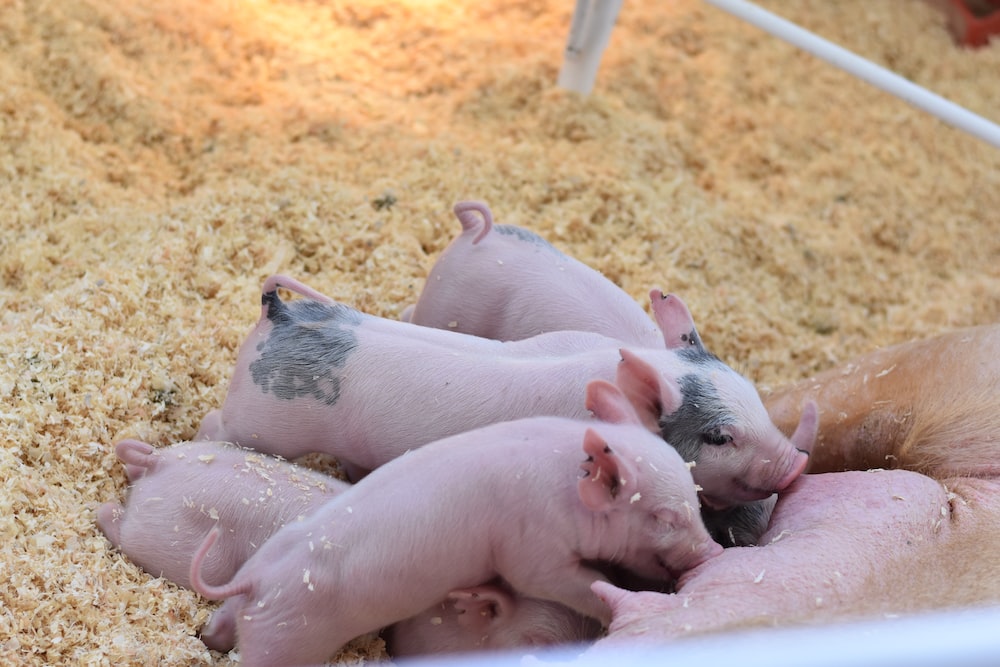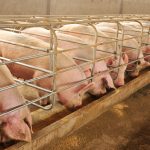What are the advantages of crossbreeding different pig breeds?

Crossbreeding different pig breeds can offer several advantages for pig farmers, including:
1. Hybrid vigor: Crossbred pigs often exhibit hybrid vigor, which means they have improved characteristics compared to the parent breeds. This can result in improved growth rates, meat quality, fertility, and disease resistance.
2. Genetic diversity: Crossbreeding can increase genetic diversity in a pig population, which can help reduce the risk of inbreeding depression and improve overall health and productivity.
3. Adaptability: Crossbred pigs may exhibit improved adaptability to different environments and management systems, making them more versatile and resilient.
4. Customization: Crossbreeding allows pig farmers to customize their breeding program to meet their specific production goals and market demands. By selecting parent breeds with desirable traits, farmers can develop pigs with improved characteristics for specific purposes.
5. Increased productivity: Crossbred pigs may exhibit improved feed efficiency, which can lead to lower feed costs and higher productivity. They may also have higher reproductive rates, leading to increased litter sizes and more piglets per sow per year.
6. Improved meat quality: Crossbred pigs may exhibit improved meat quality, with better marbling, tenderness, and flavor. This can make them more attractive to consumers, leading to higher prices and increased sales.
7. Reduced disease risk: Crossbreeding can help reduce the risk of certain genetic diseases and conditions that may be prevalent in purebred populations. By introducing genetic diversity, farmers can improve overall herd health and reduce the need forantibiotics or other veterinary treatments.
Overall, crossbreeding different pig breeds can offer several advantages, and can be an effective strategy for improving productivity, profitability, and sustainability in pig farming. However, it’s important to carefully select parent breeds based on their individual characteristics and suitability for the production system and market demand. Additionally, crossbreeding should be done carefully and systematically, with attention paid to maintaining genetic diversity and avoiding inbreeding depression.



















